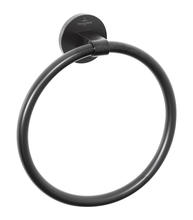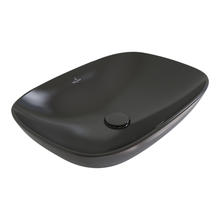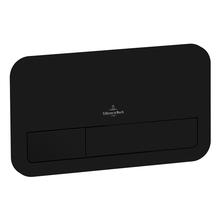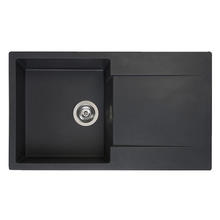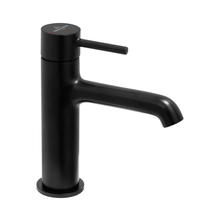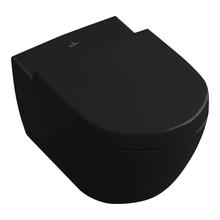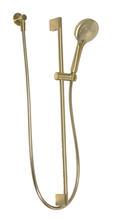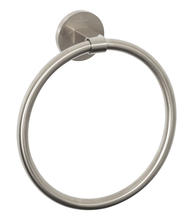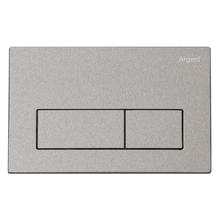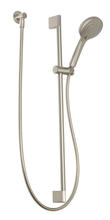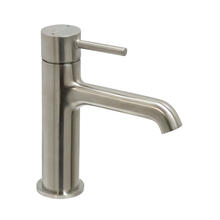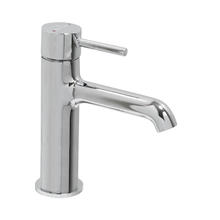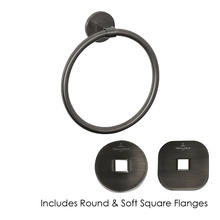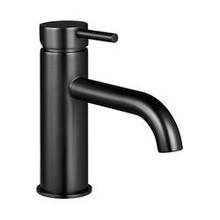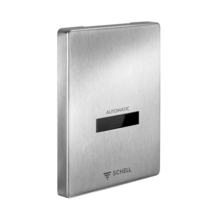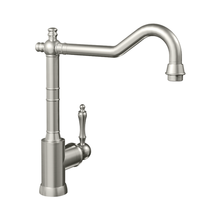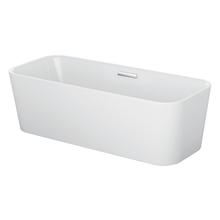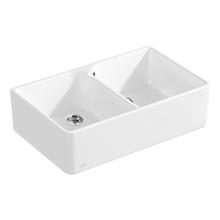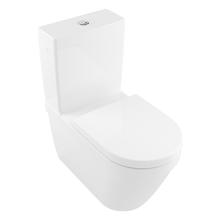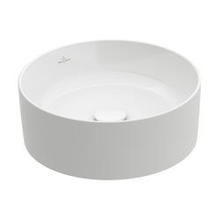Combining ecology and economy is the goal of all sustainability activities at Villeroy & Boch.
The focus is on improving energy and raw material efficiency, conserving resources by optimizing the production process, reducing the amount of wastewater and pollution as well as reducing CO₂ emissions and other exhaust gases.
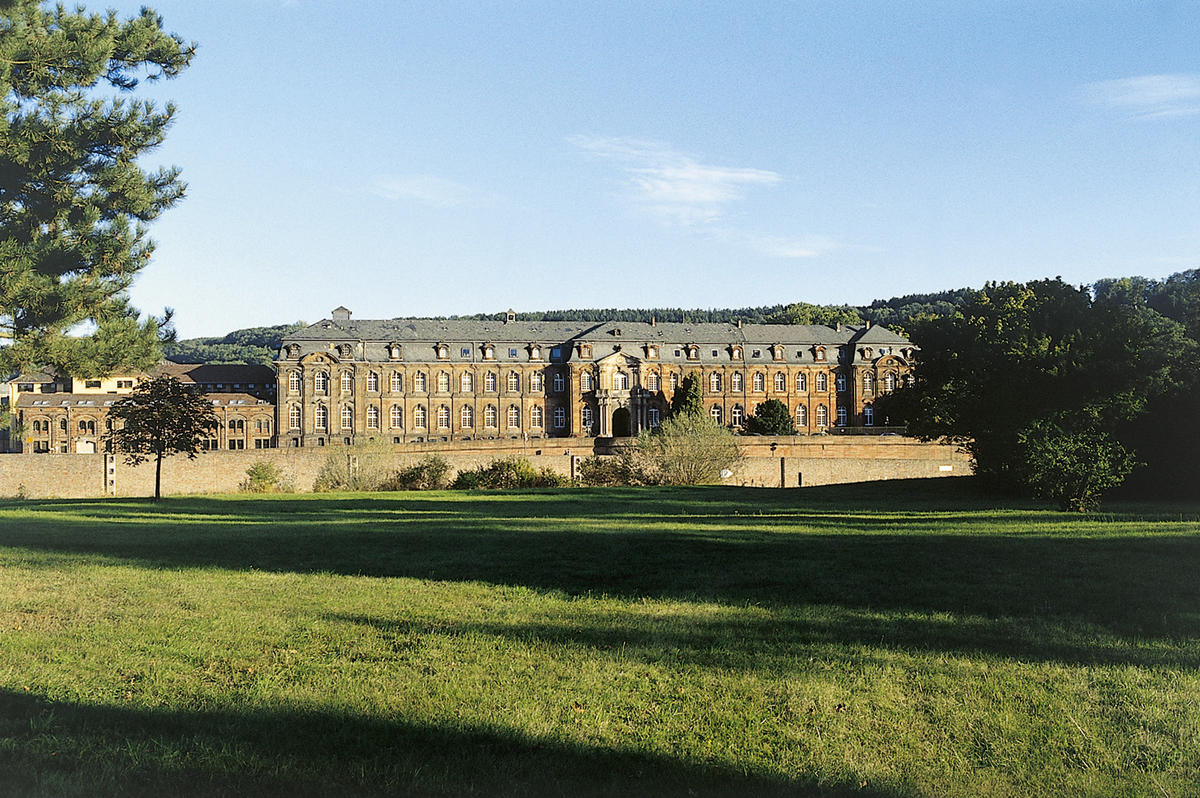
Die casting process - sustainable design
A distinction is made between two casting processes in the production of ceramics: the battery casting process and the die casting process. In addition to the more energy-intensive battery casting process, Villeroy & Boch is increasingly using the more energy-efficient die-casting process. The special feature: water is removed from the slip at high pressure and from the plastic mold using a vacuum. The slurry residues are rinsed through with water after the body has formed. This increases water consumption, but the energy required for shaping is reduced by a full 90 percent compared to the conventional process.
Integrate environmental technology into the production process with the microfiltration system
Increasing raw material productivity while minimizing energy consumption: This is what the microfiltration system at Villeroy & Boch can do. As part of an environmental project, the best method for recycling glazes was determined. Using the modern microfiltration system, several hundred tons of glaze are recovered every year. The positive energy balance is clear: around 30 tons of CO₂ are saved every year.
Best Practice: The Villeroy & Boch furniture factory in Mondsee
The Villeroy & Boch furniture factory in Mondsee, Austria, sets standards in terms of sustainability. Only the shavings from furniture production are used to heat the factory. This has a double advantage: on the one hand, the chips do not have to be disposed of and, on the other hand, the consumption of heating oil can be avoided.
In addition, the electricity used in Mondsee is generated entirely from hydropower. As a result, the plant produces around 340 tons less CO2 over two years.
Roden: Sustainable energy generation using solar collectors
Over 900 hours of sunshine in Roden in the Netherlands: Villeroy & Boch uses this opportunity to generate energy around the clock and at the same time reduce its CO2 footprint. Because with around 2,000 solar collectors installed on the roof of the production facility, 17% of the electricity is covered - this corresponds to a CO2 reduction of almost 1,000 tons and 500,000 kWh per year.
Energy-efficient production sites through environmental and energy management systems
Worldwide, at Villeroy & Boch's 13 production sites in Europe and Asia, the focus is on reducing energy, water and raw material consumption as well as CO₂ emissions formulated. Due to the environmental relevance of energy consumption, energy reduction is a top priority for Villeroy & Boch. The group standards for environmental and energy consumption reflect two management systems based on international norms.
Both management systems provide for the definition of environmental and energy targets, the implementation of which is checked at regular intervals. Many of Villeroy & Boch's worldwide production sites are certified according to the environmental management system DIN EN ISO 14001 and the energy management system DIN EN ISO 50001 and are regularly audited for the requirements of these management systems.
In addition, three German and one Swedish locations are certified according to the EU environmental audit regulation EMAS III.
EMAS, the abbreviation for Eco Management and Audit Scheme, was developed by the European Union and is an eco-audit regulation for EU countries. This is a community system of environmental management and environmental auditing for organizations that want to improve their environmental performance. The EMAS regulation (eco-audit regulation) attaches a decisive role to the responsibility of the economy in dealing with its direct and indirect environmental impacts and relates to a defined location.

